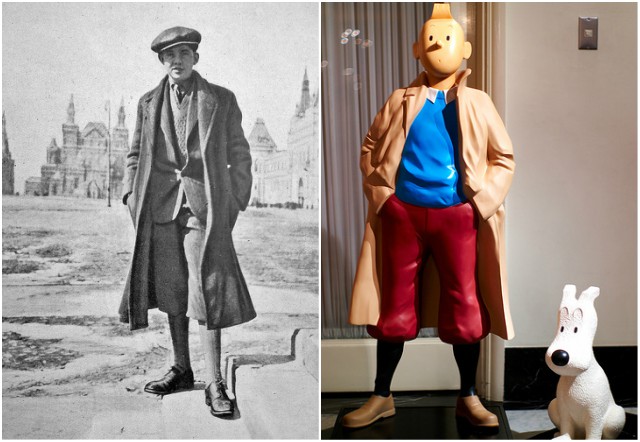In the overcrowded world of fictional characters, there are few faces as adorable as Tintin’s. Unlike Batman, Superman, or Wonder Woman, Tintin, the young investigative reporter, is not a household name in America, but he is definitely one of the most beloved figures in Europe.
With no specific magic powers, he is the antithesis of a superhero, but that didn’t prevent him from being widely admired by both children and adults. Charles de Gaulle once declared that Tintin is his only international rival, saying that “nobody notices, because of my height. We are both little fellows who won’t be got at by big fellows.”
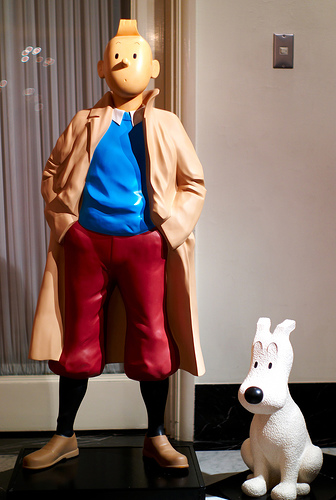
Tintin and his fox terrier, Snowy, appeared for the first time on January 10, 1929, in the children’s supplement of the Belgian newspaper Le Vingtième Siecle. What started as the subject of a supplement went on to become a symbol of the 20th century, appearing in an independent comic book, on television, and even on the big screen in Steven Spielberg’s animated movie The Adventures of Tintin: The Secret of the Unicorn.
Georges Prosper Remi, known by the pen name Hergé, is the man behind the creation of Tintin. With almost no formal training, Hergé began drawing the legendary comic-book character in 1929, but little did he know that by doing so he would give birth to an entire European comics publishing industry.
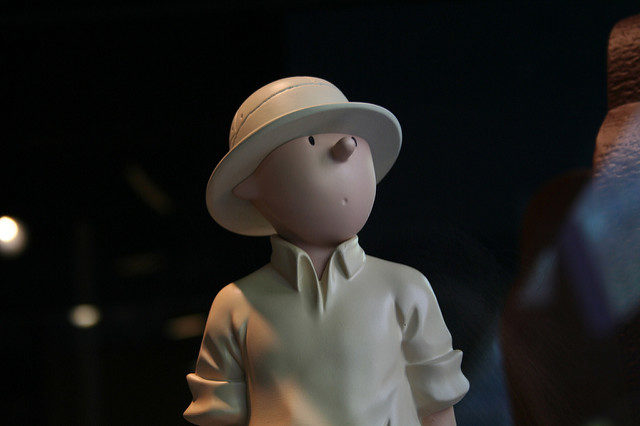
Since 1929, Tintin comics have sold more than 200 million copies, and over the years, this beloved character served as an inspiration for many people and influenced the ways comic book readers perceive the world around them. But what actually inspired Hergé to create the iconic character?
Debate still exists on what exactly inspired Hergé to come up with the snub-nosed teenage reporter, but most people agree that it was a real life person known by the name Palle Huld. It is one of the most original of origin stories in the comic book world.
Less than a year before Tintin made his first appearance, in the children’s supplement of Le Vingtième Siecle, a 15-year-old Danish Boy Scout named Palle Huld won a competition organized by a Danish newspaper to mark the centennial of Jules Verne.
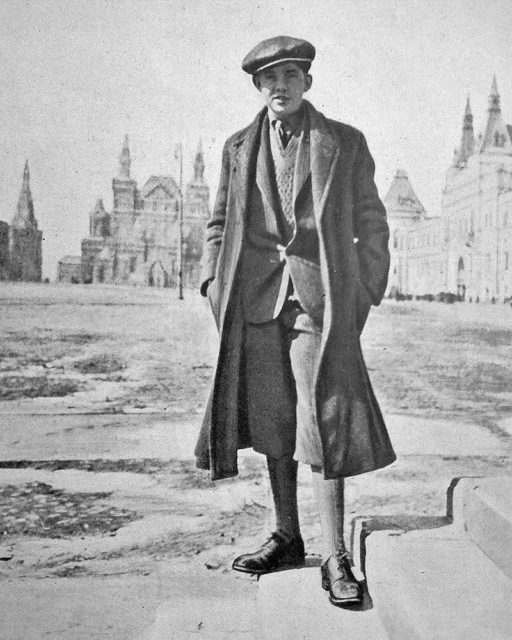
The winner of the competition would re-enact Phileas Fogg’s voyage from Verne’s famous novel Around the World in Eighty Days. Strangely enough, only teenage boys were allowed to take part in the competition, and the 15-year-old was the perfect match. There was another twist: The winner had to complete the journey within 46 days, without any company and without using planes.
Hundreds of Danish teenagers applied to participate in the competition, and Palle was lucky enough to be chosen. He started his journey on March 1, 1928, from Copenhagen and traveled by rail and steamship through England, Scotland, Canada, Japan, the Soviet Union, Poland, and Germany.
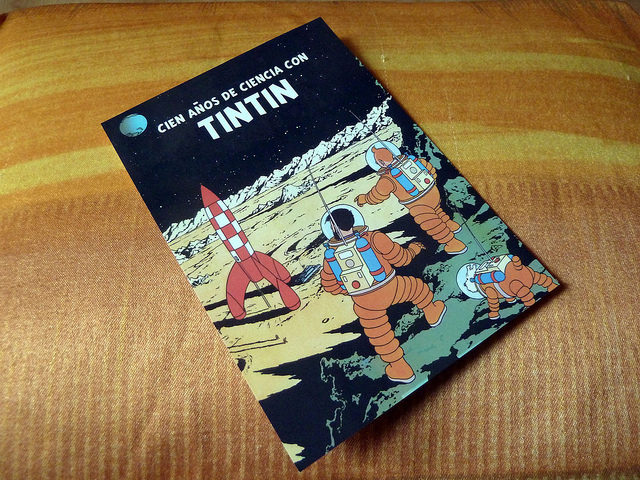
His journey made the headlines at the time and when he arrived in Denmark, he was already a celebrity. Over 20,000 admirers greeted their hero when he came back home.
The next thing he did was write a book about his journey, which was quite popular among his admirers, and published in several languages. That book also came into the hands of a Belgian cartoonist known by the name of Hergé and that same year, when Huld’s book was published, Tintin made his debut.
Huld himself suggested on several occasions that he was the inspiration for Tintin. However, others believe that the inspiration behind the character was actually the French travel photojournalist Robert Sexe, whose journeys were exactly in the same order as Tintin’s first three books.
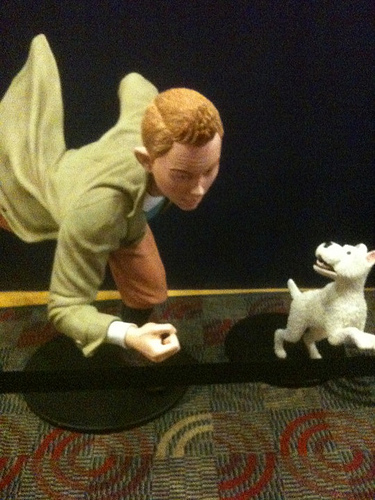
Nonetheless, true Tintin fans couldn’t care less. For them it is all about the character, a hero they all know and love, representing something that others don’t have: uncompromising vigilance and the need to succeed no matter what the cost.
Tintin proves that a hero doesn’t need to be big or strong, he or she just needs to be tenacious and stubborn enough to do what needs to be done.
